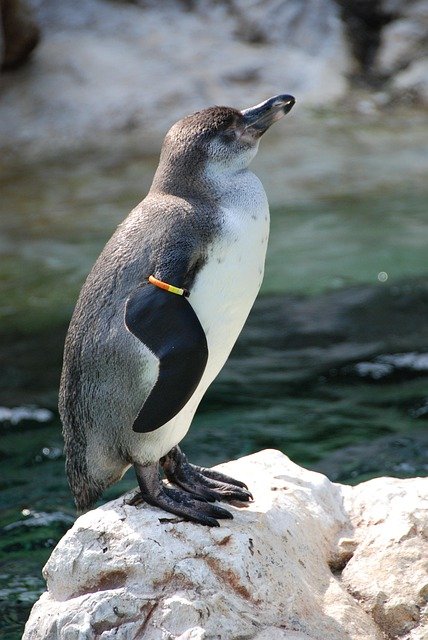
The Fascinating Social Structures of Penguin Colonies: How These Flightless Birds Create Community
Penguins, the charming flightless birds of the Southern Hemisphere, are not only known for their distinctive appearance and waddling walk but also for their complex social structures. These social dynamics play a crucial role in their survival, reproduction, and overall well-being. In this post, we will explore the fascinating social behaviors exhibited by penguin colonies and how these flightless birds create a thriving community.
Social Hierarchy and Group Dynamics
Hierarchical Structures
Penguin colonies often exhibit a hierarchical social structure. Within these colonies, individual penguins can establish ranks based on various factors such as age, size, and breeding success. For example, dominant individuals may have better access to resources like food and nesting sites, while subordinates may have to navigate the social landscape carefully to avoid conflict.
Cooperative Breeding
Many penguin species, such as the Emperor and Adélie penguins, display cooperative breeding behaviors. In these colonies, multiple adults may help care for a single brood of chicks. This communal effort increases the survival rate of the young and strengthens social bonds among the adults, fostering a sense of community and cooperation.
Communication and Interactions
Vocalizations
Penguins are highly vocal animals, using a variety of calls to communicate with one another. Each species has its unique vocalizations, which serve different purposes, such as attracting a mate, signaling danger, or maintaining group cohesion. For instance, Emperor penguins produce distinct calls that help partners locate each other in the crowded colonies.
Physical Displays
In addition to vocal communication, penguins engage in various physical displays to convey their emotions and intentions. From courtship rituals involving elaborate dances to aggressive posturing during territorial disputes, these behaviors are essential for maintaining social order within the colony.
Nesting and Territory
Nesting Sites
Penguins often return to the same nesting sites each year, creating a sense of familiarity and stability within the colony. These sites are typically located in areas that offer protection from predators and harsh weather conditions. The choice of nesting site can also reflect social status, with dominant individuals often occupying the most desirable locations.
Territorial Behavior
While penguins are social animals, they can also be territorial, especially during the breeding season. Males may engage in displays of aggression to defend their nesting sites from intruders, ensuring that their mates and offspring remain safe. This territorial behavior is a critical aspect of their social structure, as it helps maintain order within the colony.
Conclusion
The social structures of penguin colonies are a testament to the adaptability and resilience of these remarkable birds. Through complex hierarchies, cooperative breeding, and effective communication, penguins create a vibrant community that enhances their chances of survival in some of the harshest environments on Earth. As we continue to study these fascinating creatures, we gain valuable insights into the intricate social lives of animals and the importance of community in the natural world.
Whether you’re a seasoned ornithologist or simply a fan of these adorable birds, understanding the social dynamics of penguin colonies adds a new layer of appreciation for their unique behaviors and adaptations. Next time you see a group of penguins huddled together, remember that there’s much more happening beneath the surface of their charming exterior!
